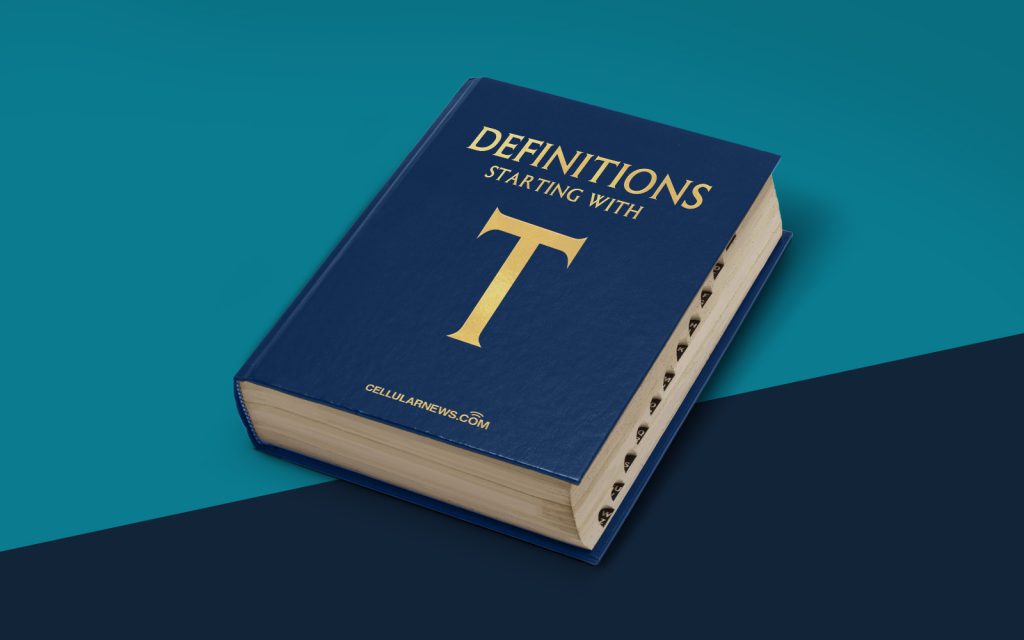
Unraveling the Mystery: Twisted-Pair Cable Defined
Welcome to another installment of our “DEFINITIONS” series, where we dive deep into various tech terms to shed light on their meaning and importance. Today, we’re tackling the question everyone’s been asking: What is a Twisted-Pair Cable? If you’ve ever wondered how data travels through a network, this is the article for you. So, let’s untangle the mystery and discover what makes a twisted-pair cable so essential in the world of networking.
Key Takeaways:
- A twisted-pair cable is a type of copper cable widely used in networking that consists of pairs of insulated wires twisted together.
- It helps reduce electromagnetic interference (EMI), crosstalk, and signal loss, ensuring reliable data transmission.
A twisted-pair cable, as the name suggests, is a type of copper cable in which pairs of insulated wires are twisted together. These cables are primarily used in networking to transmit data signals over short to medium distances, making them a fundamental component in both residential and commercial settings.
Now, you might be wondering, how exactly does this twisted configuration benefit data transmission? Let’s explore its unique features and advantages:
1. Electromagnetic Interference (EMI) Reduction: The twisting of wire pairs in a twisted-pair cable helps minimize electromagnetic interference (EMI) from external sources. By twisting the wires together, any external electromagnetic signals that come into contact with the cable induce equal and opposite currents in the wires, effectively canceling out the interference. This phenomenon is known as “common-mode rejection,” and it ensures that your data remains clear and unaffected by external noise.
2. Crosstalk Prevention: Crosstalk occurs when electromagnetic signals from one pair of wires interfere with those of adjacent pairs. By twisting the wire pairs, a twisted-pair cable significantly reduces crosstalk, resulting in better signal integrity and higher data transmission speeds. This is particularly crucial in environments with multiple cables running in close proximity, such as data centers or office buildings.
So, whether you’re streaming your favorite show, sending an important email, or participating in a video conference, a twisted-pair cable plays a vital role in ensuring a stable and reliable network connection. It acts as a silent hero, safeguarding your data from noise and interference while allowing for seamless communication.
In summary, a twisted-pair cable is a type of copper cable that consists of pairs of insulated wires twisted together. It excels in reducing electromagnetic interference and crosstalk, making it an excellent choice for building reliable network connections. Whether you’re a tech enthusiast or a professional, understanding the importance of a twisted-pair cable empowers you to make informed decisions when it comes to building and maintaining efficient networks.
We hope this “DEFINITIONS” blog post has unraveled the mystery behind twisted-pair cables and shed light on their significance in the world of networking. Stay tuned for more informative articles that will expand your tech vocabulary and help you become a well-rounded tech enthusiast!
